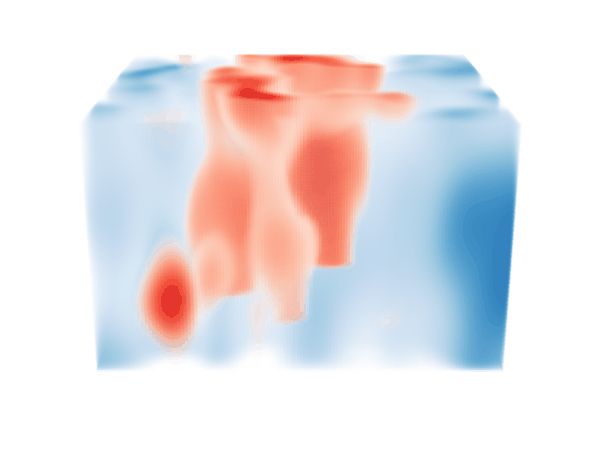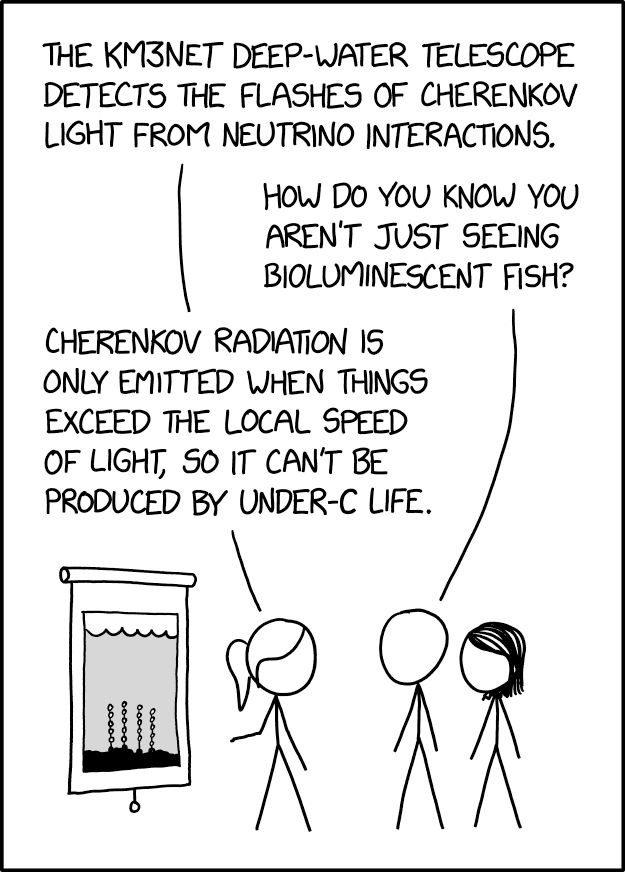

Their reflections span philosophy, complexity, and the limits of scientific explanation.
www.sainsburywellcome.org/web/blog/wil...
Illustration by @gilcosta.bsky.social & @joanagcc.bsky.social

Their reflections span philosophy, complexity, and the limits of scientific explanation.
www.sainsburywellcome.org/web/blog/wil...
Illustration by @gilcosta.bsky.social & @joanagcc.bsky.social
Check out this month's sharpest science shots, selected by Nature's photo team 📸
https://go.nature.com/4ccTrnz

@xpieter.bsky.social
@xpieter.bsky.social







